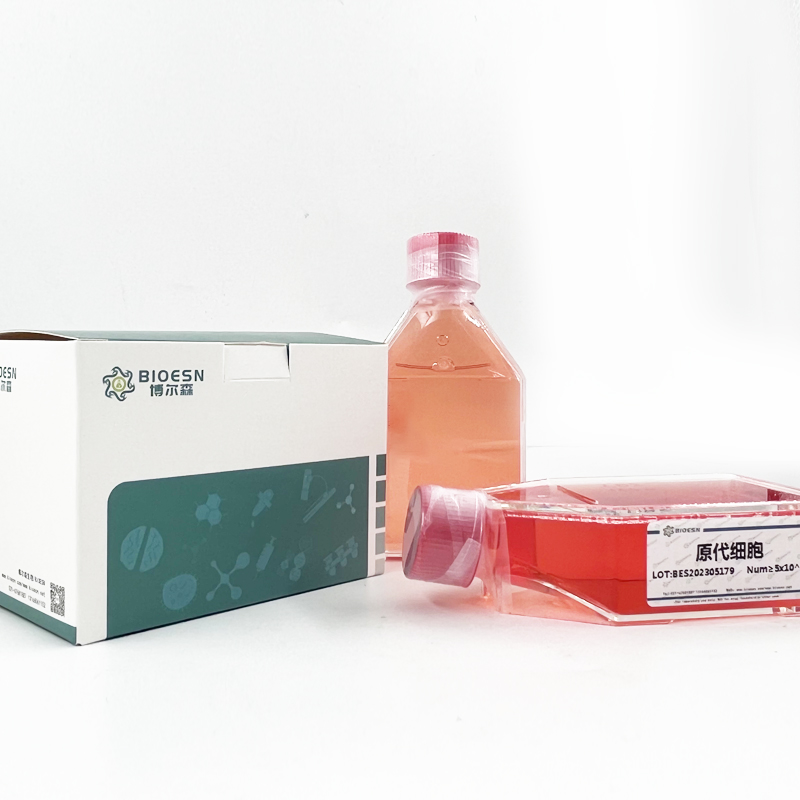10kDa热休克蛋白1(HSP10)重组蛋白
Recombinant Heat Shock 10kDa Protein 1 (HSP10)
¥1880
50μg
起订
¥3560
200μg
起订
上海 更新日期:2025-02-20
产品详情:
- 中文名称:
- 10kDa热休克蛋白1(HSP10)重组蛋白
- 英文名称:
- Recombinant Heat Shock 10kDa Protein 1 (HSP10)
- 保存条件:
- 避免反复冻融。2-8°C不超过一个月,-80°C不超过12个月
- 纯度规格:
- > 95%
- 产品类别:
- 重组蛋白
- 货号::
- BES21055RP
公司简介
上海博尔森生物科技有限公司成立于2020年09月02日,注册地位于上海市松江区石湖荡镇石湖新路95号。
上海博尔森生物科技有限公司虽然年轻,但朝气蓬勃,志向远大; 更是一家专注于生命科学与生物技术领域,集产品研发、生产、销售为一体的高科技公司,并立志以竞争力的价格向客户输送高质量的生物试剂。主要研究领域是生命科学,包括分子生物学、细胞生物学、免疫学试剂、重组蛋白,抗体,实验技术服务等多个应用领域。主要产品有:Elisa检测试剂盒、PCR检测试剂盒、抗体、重组蛋白,蛋白定制,细胞系,原代细胞,常用实验试剂,染色液等科研产品。
| 成立日期 | (5年) |
| 注册资本 | 100万 |
| 员工人数 | 10-50人 |
| 年营业额 | ¥ 100万以内 |
| 经营模式 | 试剂,服务 |
| 主营行业 | 生化试剂,抗体,蛋白组学,分子生物学,细胞生物学 |
10kDa热休克蛋白1(HSP10)重组蛋白相关厂家报价
-
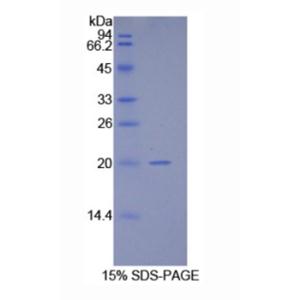
- 10kDa热休克蛋白1(HSP10)重组蛋白
- 上海泽叶生物科技有限公司 VIP
- 2025-02-20
- ¥2100
-
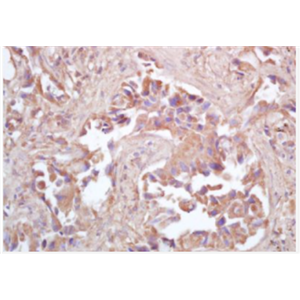
- Anti-HSP10 antibody-热休克蛋白10/groES抗体
- 上海沪震实业有限公司 VIP
- 2025-02-20
- ¥1138
-
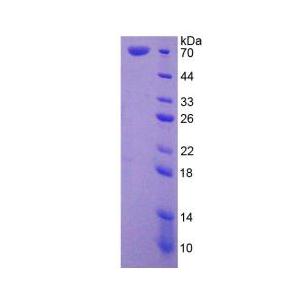
- 70kDa热休克蛋白1样蛋白(HSPA1L)重组蛋白
- 上海泽叶生物科技有限公司 VIP
- 2025-02-20
- ¥2280
-
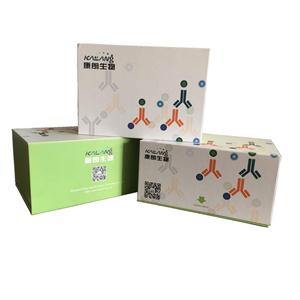
- 人热休克蛋白70酶联免疫试剂盒
- 上海康朗生物科技有限公司 VIP
- 2025-02-20
- ¥1960

